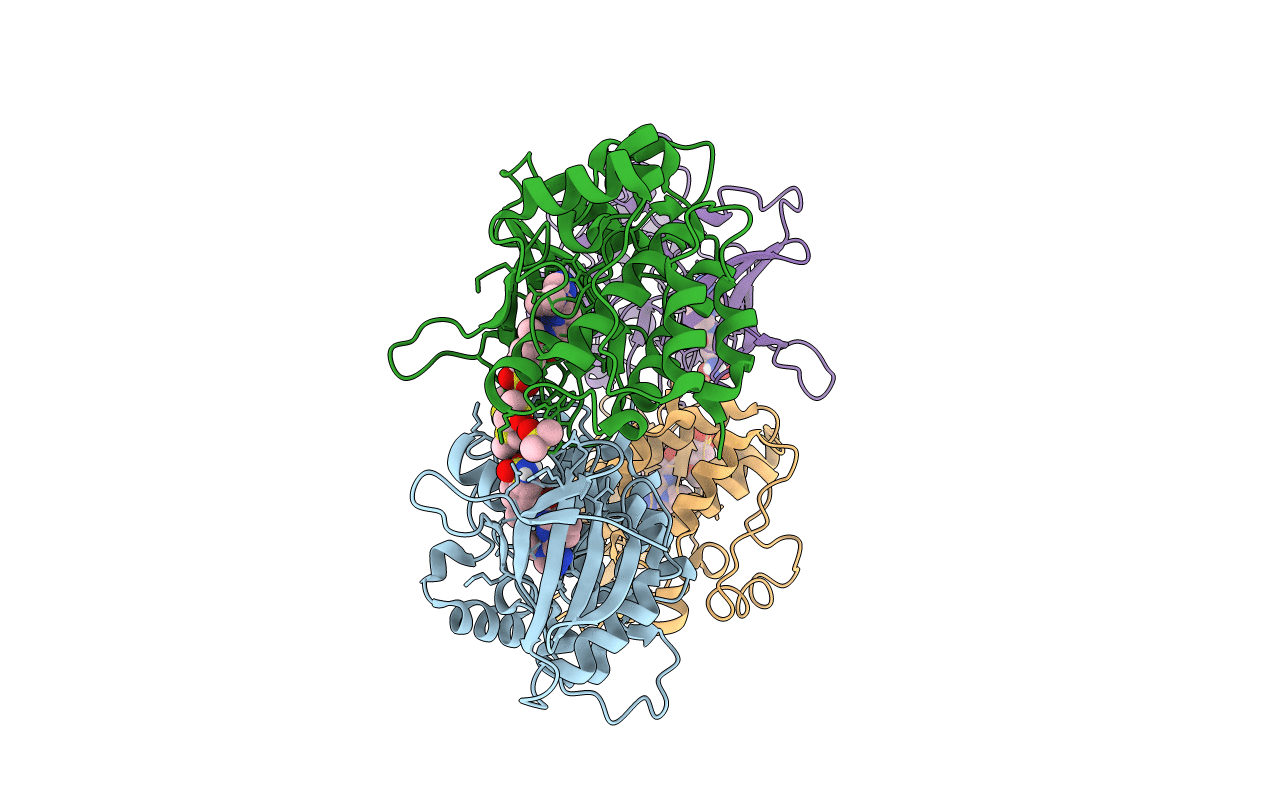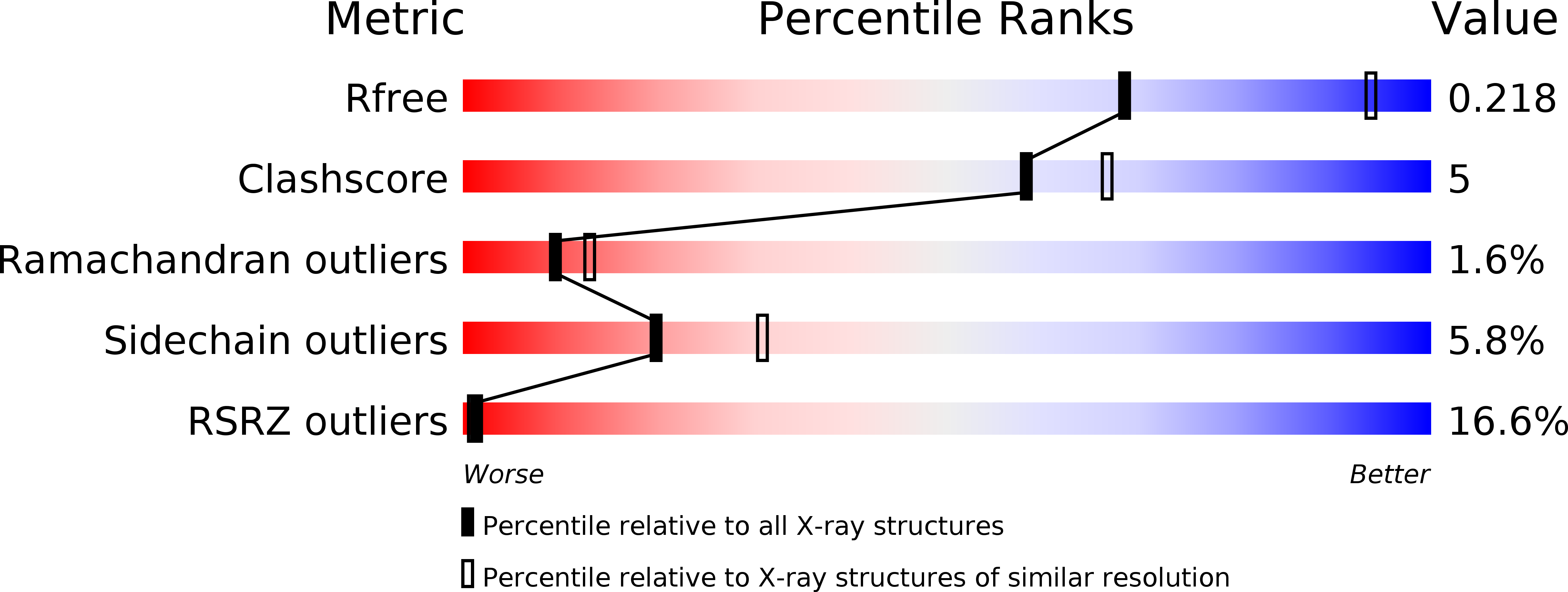
Deposition Date
2017-04-17
Release Date
2018-01-17
Last Version Date
2023-10-04
Entry Detail
PDB ID:
5VIL
Keywords:
Title:
Crystal structure of ASK1 kinase domain with a potent inhibitor (analog 6)
Biological Source:
Source Organism:
Homo sapiens (Taxon ID: 9606)
Host Organism:
Method Details:
Experimental Method:
Resolution:
2.64 Å
R-Value Free:
0.21
R-Value Work:
0.18
R-Value Observed:
0.18
Space Group:
P 1 21 1


